Chatbot service Character.AI is once again at the center of legal controversy, facing its second lawsuit alleging harm to teens’ mental health. This latest suit, filed in Texas on behalf of a 17-year-old identified as J.F. and his family, accuses the platform and its co-founders’ former employer, Google, of negligence and defective product design. According to the lawsuit, Character.AI allowed underage users to encounter harmful material, including sexually explicit, violent, and abusive content, and failed to prevent incidents of grooming and encouragement of self-harm or violence.
Allegations Against Character.AI
The lawsuit alleges that Character.AI created an unsafe environment for minors, facilitating exposure to damaging content. It further claims the platform’s design encouraged compulsive engagement and lacked safeguards to identify and support at-risk users. According to the suit, J.F. began using Character.AI at age 15, leading to significant emotional and behavioral changes. His family states he experienced severe anxiety, depression, and self-harming tendencies, behaviors they link directly to his use of the platform.
This case follows a similar legal filing in October, which accused Character.AI of contributing to a teenager’s death by suicide. Both lawsuits were brought by the Social Media Victims Law Center and the Tech Justice Law Project, organizations that have previously targeted major social media platforms with similar claims. These suits argue that Character.AI’s permissive design and lack of protective measures make it uniquely culpable for the mental health struggles of its young users.
Broader Legal and Social Implications
The lawsuit forms part of a larger movement aimed at regulating online content accessible to minors through legal action, legislation, and public pressure. It employs a commonly used but contentious argument: that platforms facilitating harm to users violate consumer protection laws by offering defective products.
Character.AI has drawn particular scrutiny because of its popularity with teenagers and its design, which emphasizes fictional role-playing. Unlike general-purpose AI platforms such as ChatGPT, Character.AI permits bots to make suggestive or violent comments, though not overtly explicit ones. While the platform sets a minimum age limit of 13, it does not require parental consent for minors aged 13 and older, unlike ChatGPT. This relatively lax approach has made Character.AI a target for critics who argue that its design fails to adequately protect young users.
The lawsuits also challenge long-standing protections under Section 230 of the Communications Decency Act, which shields platforms from liability for third-party content. The plaintiffs argue that chatbot creators should be held accountable for any harmful material generated by their bots, a legal theory that remains largely untested.
Specific Claims in the Lawsuit
In J.F.’s case, the lawsuit details how his interaction with Character.AI coincided with dramatic changes in his mental health. It describes his withdrawal from family and social activities, emotional instability, and the onset of severe anxiety and depression, marking his first experiences with these conditions. The suit links these issues directly to his use of Character.AI, arguing that the platform’s design and content exacerbated his struggles.
Both lawsuits against Character.AI make the bold claim that the platform engaged in direct harm to users, including minors and adults posing as minors, through its role-playing features. These allegations include accusations of the platform facilitating or directly enabling sexualized interactions between users and bots.
Character.AI’s Response and Safety Measures
Character.AI declined to comment on the latest litigation but has previously defended its commitment to user safety. In response to the October lawsuit, the company stated that it takes user safety seriously and highlighted several new measures implemented over the past six months. These measures include pop-up messages that direct users discussing self-harm or suicidal thoughts to the National Suicide Prevention Lifeline.
While these efforts may signal a commitment to improving user safety, critics argue that they fall short of addressing the fundamental design issues that make the platform potentially harmful for young users. The lawsuit underscores the gap between Character.AI’s stated safety measures and the alleged experiences of its users.
The lawsuits against Character.AI mark a relatively new legal frontier, as courts have not extensively tested the theory of holding chatbot creators liable for harmful content produced by their platforms. If successful, these cases could set significant precedents for the regulation of AI-driven platforms and their accountability for user harm. However, legal experts caution that such arguments face numerous challenges, particularly given the protections afforded by Section 230.
Conclusion
The legal actions against Character.AI reflect growing concerns about the mental health impact of digital platforms on minors. As AI technology continues to evolve, platforms like Character.AI face increasing pressure to prioritize user safety and implement robust safeguards. While the outcome of these lawsuits remains uncertain, they highlight the urgent need for clearer regulations and accountability mechanisms in the AI and tech sectors. Whether through legal action, policy changes, or industry reforms, the broader goal is to create safer online environments for vulnerable populations, particularly young users.
